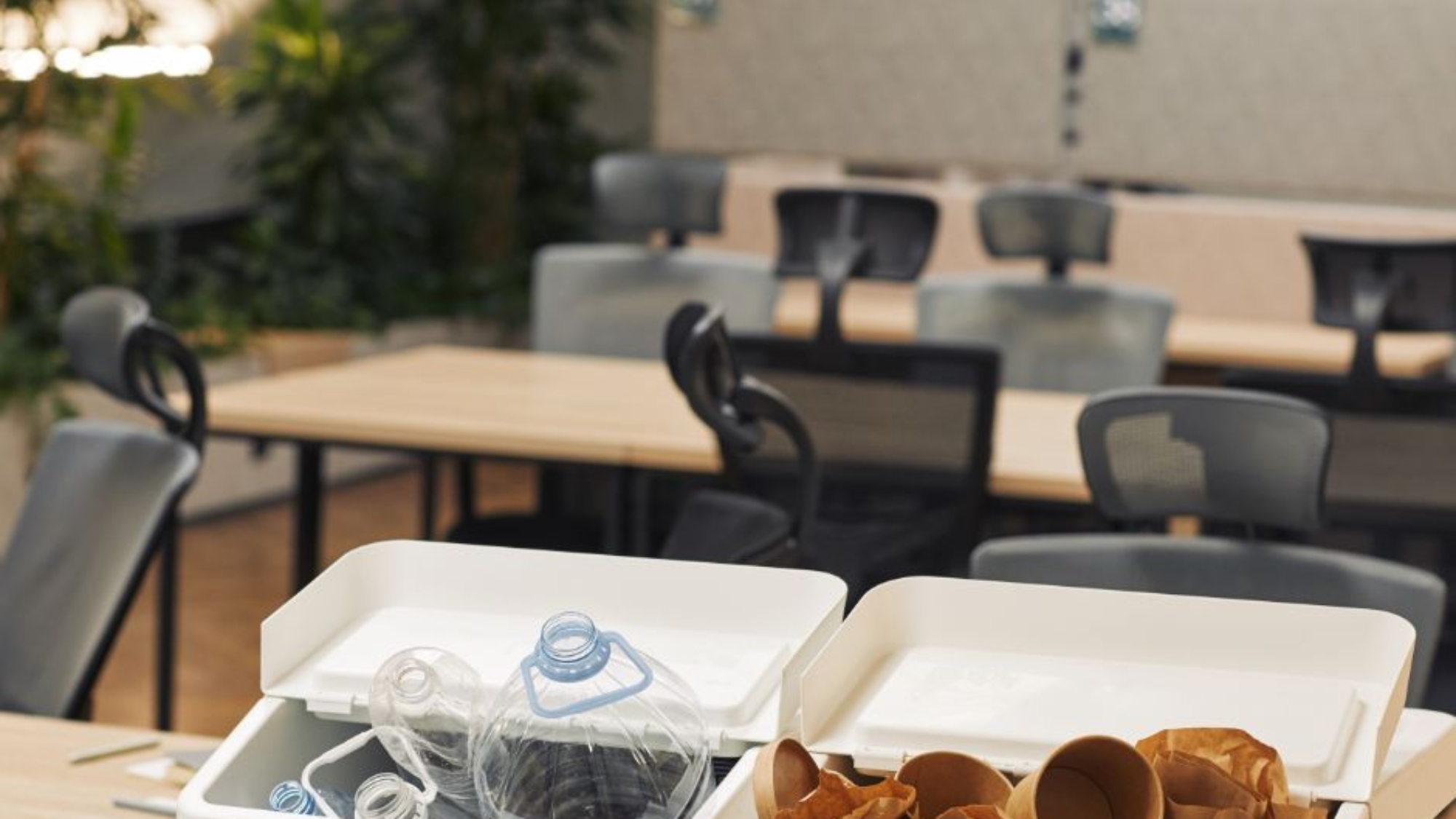It’s easy for a workplace to become inefficient when it comes to waste but generally all it takes is the right processes, teamwork, ownership and a desire to keep innovating to get there.
Before you can implement changes you need to understand exactly what sort of waste your workplace is producing, what your current waste management plan is and where the significant gaps for improvement are.
The first step is to create a Waste Audit. So how exactly do you do that? Follow these steps:
1 – Create a Waste Audit report template and start by identifying the problem as it currently exists in your workplace. To summarise this, you will probably need to do a tour of your workplace and note down locations and practises that need addressing.
One important factor you may need to consider is employee knowledge – is the problem stemming from a lack of education when it comes to waste and recycling?
2. Create a Waste Audit Team
Your team could comprise of core members who are passionate about reducing waste. Create a list of internal and external stakeholders – workplace cleaners, general employees and even your finance department who will need to be consulted on any major changes that will involve purchasing new bins or contracting new waste management suppliers.
Your waste audit team can also include your current waste management business or a potential new supplier. When given the chance, most waste management businesses will welcome the chance to participate in an audit and recommend new ways to recycle or collect waste in a way that can save you money.
3 – Set your objectives and goals
What are the locations and functions within your workplace that should be prioritised? For instance the kitchen is a common space within most workplaces that requires a comprehensive process and facilities for separating waste at the source.
4. Really get to know your waste!
That may sound gross but you will need to become at one with your garbage to really understand your business needs. Go through your designated areas, such as communal spaces, factory floors or areas that the general public frequent and make a note of the waste piling up or being disposed of in bins. Talk to employees within those spaces to understand their waste requirements. Separate waste into categories (e.g., landfill, recyclables, compostables).
Understand what your current waste collection costs are and who your supplier is.
Accurately record your data on your report. You can also include photos.
5 – Identify areas for improvement
Based on the audit findings, identify the opportunities for waste reduction – this includes place, people and practices. Areas for improvement could be:
- Promoting recycling practices and providing separate bins so staff can separate at the source,
- Reducing single-use items, or implementing composting programs.
- Creating points of education for employees to ensure they understand new processes and the impact they will have to the business, community and planet.
- Working with waste removal suppliers that align with your vision for a cleaner, brighter world
6 – Formalise your recommendation and present to internal stakeholders for approval.
7- Implement and monitor plan
Remember to be flexible Your waste management plan may need to evolve with your business, customers and with new emerging services or trends that become available.
We love this video explainer from the Recycle Coach!
Our Top Tips for making your business more sustainable
Why you need to be separating waste at the source for your business
Contact New England Waste today to see how we can help you transform your commercial waste management plan 0429 323 696


Add a Comment